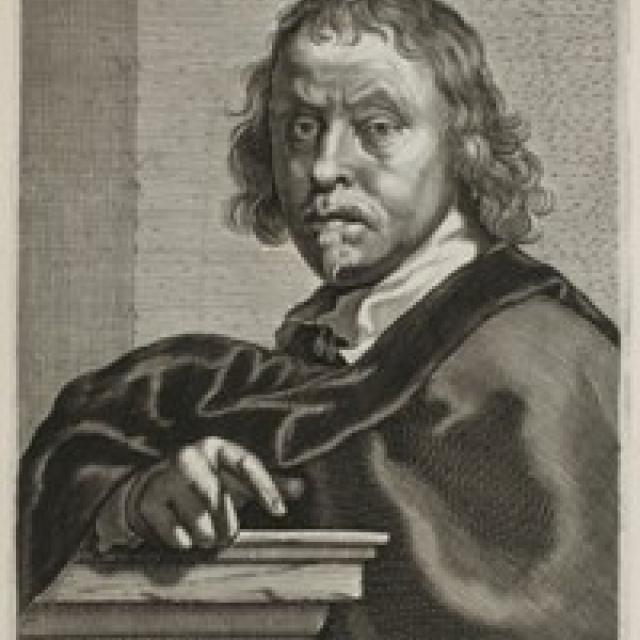
Cornelis van Poelenburch
Bibliography
1753
Houbraken, Arnold. De Groote Schouburgh der Nederlantsche Konstschilders en Schilderessen. 3 vols. in 1. The Hague, 1753 (Reprint: Amsterdam, 1976): 1:128-130.
1925
Sandrart, Joachim von. Joachim von Sandrarts Academie der Bau-, Bild, -und Mahlerey-Künste von 1675. Leben der berühmten Maler, Bildhauer und Baumeister. Edited by Alfred R. Peltzer. Abridged ed. Munich, 1925: 175, 179 (portrait).
1971
Bie, Cornelis de. Het gulden cabinet van de edel vry schilderconst. Edited by Gerard Lemmens. Reprint of Antwerp, 1661/1662. Soest, 1971: 257.
1984
Sluijter-Seijffert, Nicolette C. "Cornelis van Poelenburch (ca. 1593-1667)." Ph. D. dissertation, Rijksuniversiteit Leiden, 1984.
1997
Bok, Marten Jan. "Biographies." In Masters of Light: Dutch Painters in Utrecht during the Golden Age. Edited by Joaneath A. Spicer and Lynn Federle Orr. Exh. cat. Fine Arts Museums of San Francisco; Walters Art Gallery, Baltimore; National Gallery, London. New Haven, 1997: 387-388.
2002
Harwood, Laurie B., Anne Charlotte Steland, and Christopher Brown. Inspired by Italy: Dutch landscape painting 1600-1700. London, 2002: 19–20, 36, 46–47, 75–83.







